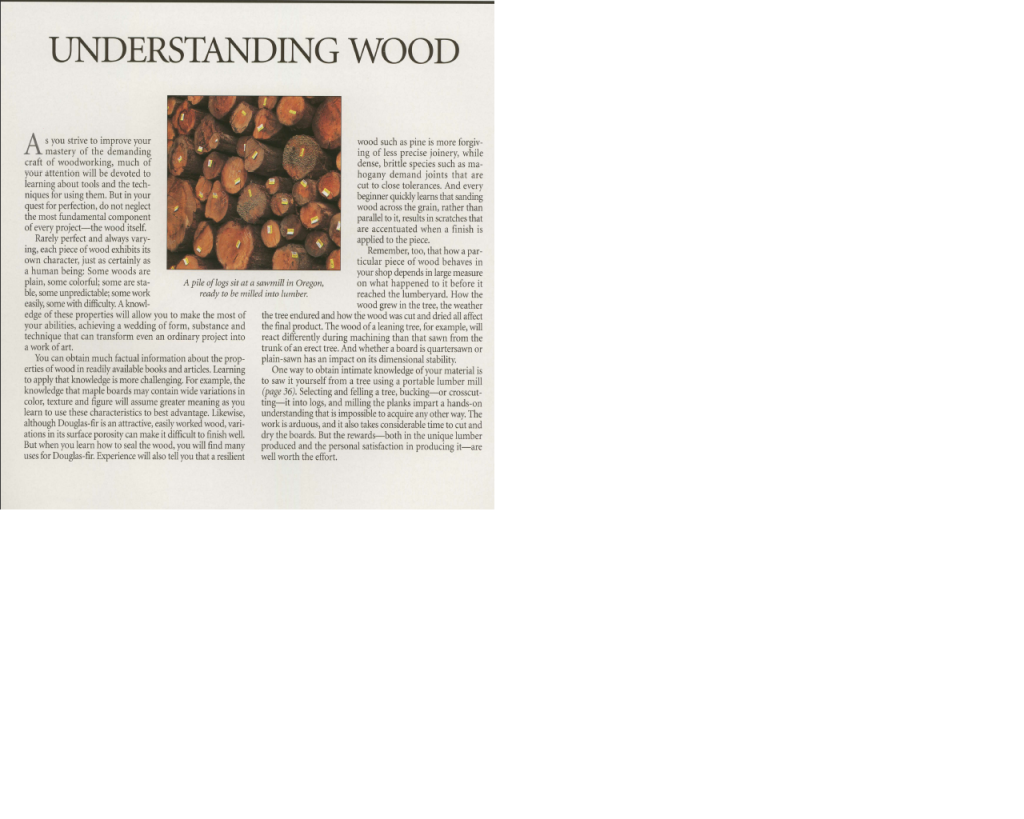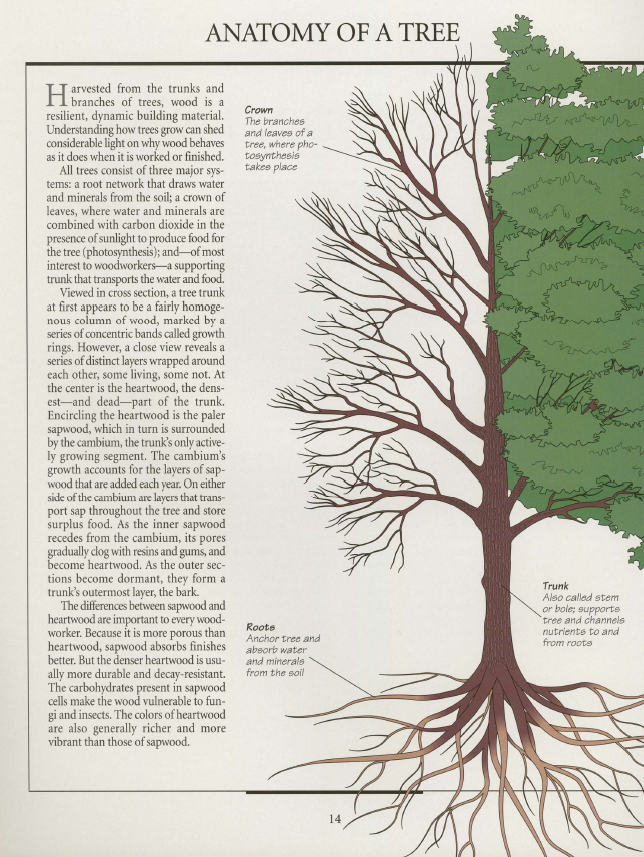Hi all
I am after carpentry advice please.
I am planning to build some stuff, Bin store, log store, picnic table, garden bench and some raised beds for veg.
Having been to my local my timber merchant I realise that I need some wood knowledge.
I want to build the items to last and look good as sensible money, not cheap but good value for the job.
For instance I have seen commercial log stores being sold made of Cedar frames and planking and fir roof. Others suggest tanalised scandanavian redwoods.
I have seen picnic tables being sold which are made of douglas fir or FSC Swedish Redwood.
Could some kind, patient, person talk/type me through the wood choices please.
A source of good plans would also be useful.
Ta muchly
Mark
I am after carpentry advice please.
I am planning to build some stuff, Bin store, log store, picnic table, garden bench and some raised beds for veg.
Having been to my local my timber merchant I realise that I need some wood knowledge.
I want to build the items to last and look good as sensible money, not cheap but good value for the job.
For instance I have seen commercial log stores being sold made of Cedar frames and planking and fir roof. Others suggest tanalised scandanavian redwoods.
I have seen picnic tables being sold which are made of douglas fir or FSC Swedish Redwood.
Could some kind, patient, person talk/type me through the wood choices please.
A source of good plans would also be useful.
Ta muchly
Mark
Last edited:









